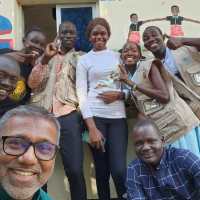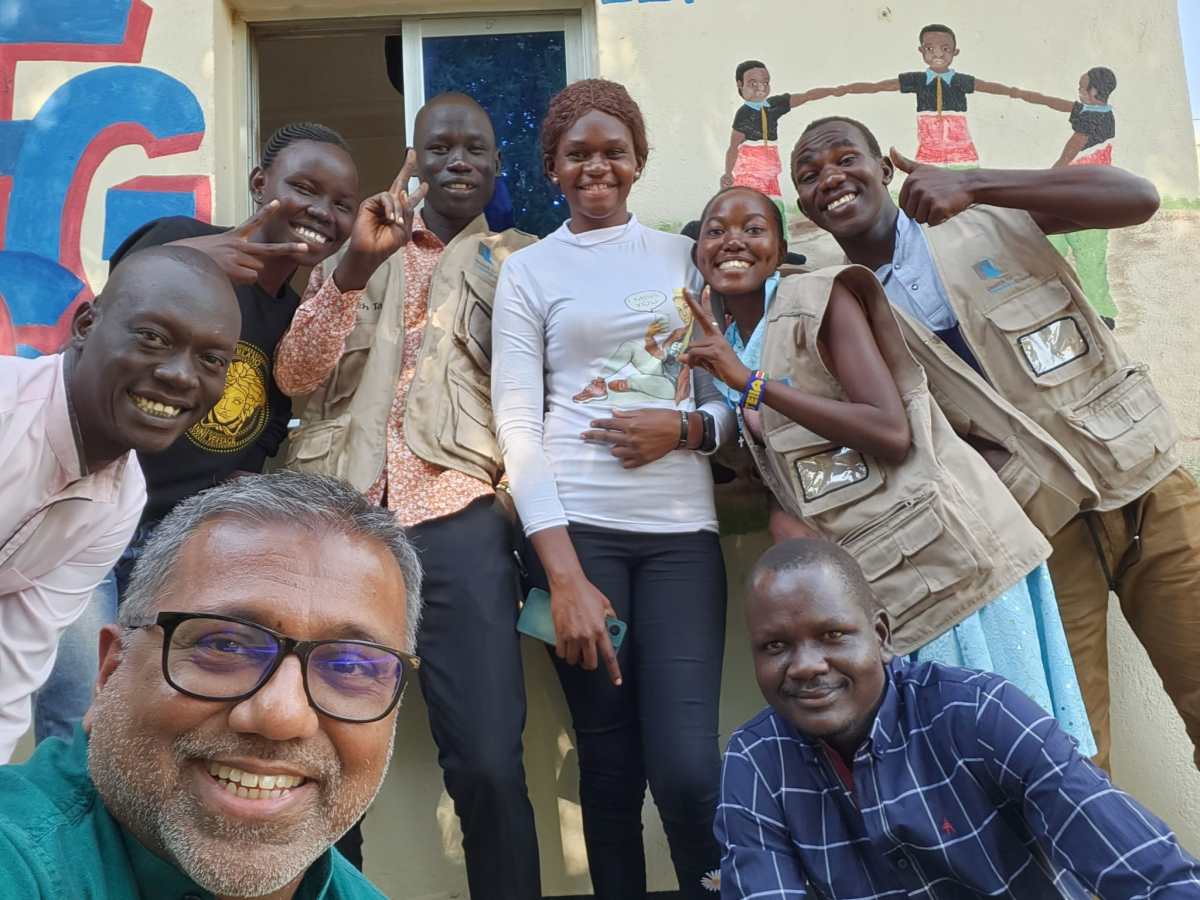“I have not suffered despite the suffering I’ve had.”
Saji Prelis
Experiencing the violence of war can make people want revenge. Saji Prelis was a teenager when Sri Lanka’s 26-year brutal civil war broke out. Over 100,000 people died. Eight times as many were displaced. “I saw the ugly side of human nature. People hacked to death. Burnt alive,” Saji recounts.
Instead of letting violence harden him, Saji has devoted his life to preventing violence and building just societies. In 2012, Saji co-founded the Global Coalition on Youth, Peace & Security, which champions youth inclusion in peacebuilding policy and practice, the culmination of his life’s experiences coming full circle. In 2017, Saji received the distinguished Luxembourg Peace Prize for Outstanding Achievements in Peace Support. We sat down with this peace pioneer to learn how we can be better peacebuilders in these chaotic times.
Know that Peace is a Choice
“The decision points to do good or evil are very close to one another.”
Saji Prelis
After witnessing his best friend’s murder during the civil war, Saji struggled. “Do I kill out of revenge and anger, kill in retaliation, or do I walk away from it? My head was saying, ‘Kill!’, but I saw the face of the person I was about to kill. I could see their fear. I walked away in shame, [thinking] I should have avenged the death of my friend,” Saji said.
But the civil war also gave Saji an opportunity to see the beautiful side of human nature. “People risked their own lives to save the lives of their enemies … to save others who belonged to different ethnic groups or practiced a different religion. They saw their enemies as someone they could love and care for. [During the war], the army went door to door. If they [civilians] were found to be harboring an enemy, they could be arrested, but they did it anyway.”
These experiences showed Saji that the “decision points to do good or evil are very close to one another.” Doing good or evil is “the choice between being human and being a humanoid,” an entity he defines as lesser than human. “Walking away from violence is the most magical thing I could have done. It made me want to be a peacebuilder.”
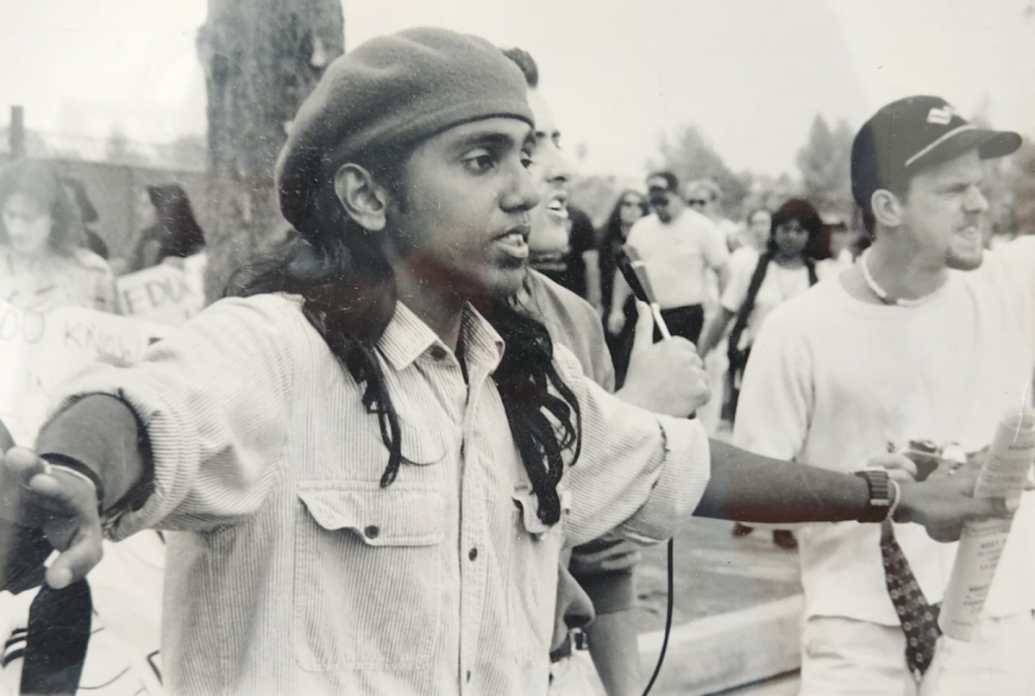
Surrender the Ego
As a member of the majority ethnic group in pre-civil war Sri Lanka, Saji had privilege. But in the US, he experienced racism and marginalization for the first time. He realized that the desire to be seen, to have one’s personhood recognized, is driven by ego. “When we let our ego control and guide us as opposed to surrendering to our consciousness, we think our suffering is the only suffering that matters. We don’t recognize the suffering of others.”
“Ego is like a virus,” Saji explained. “It eats us, and we don’t know it eats us. If we trust our egos, we fail as humans. This is what we see in the world around us. We make ourselves important because of our egos. The ego causes suffering for ourselves and others.”
Value the “Unimportant”
Saji may regularly address government leaders, but Saji’s superpower is how he values the “unimportant.” He creates opportunities for marginalized youths to get to know each other, speak to global leaders, and influence the global agenda. “I wanted to shift the conversation from seeing youths as problems to seeing them as partners and co-leaders,” Saji explained.
Saji and youth with whom he has worked mobilized the world’s governments to recognize that youth are central to ending violent conflict. As a result, the United Nations Security Council unanimously adopted resolution UNSCR 2250, which gives young people a greater voice in decision making in the peace processes. Saji’s work has empowered greater youth participation in solving the conflicts which most affect them.
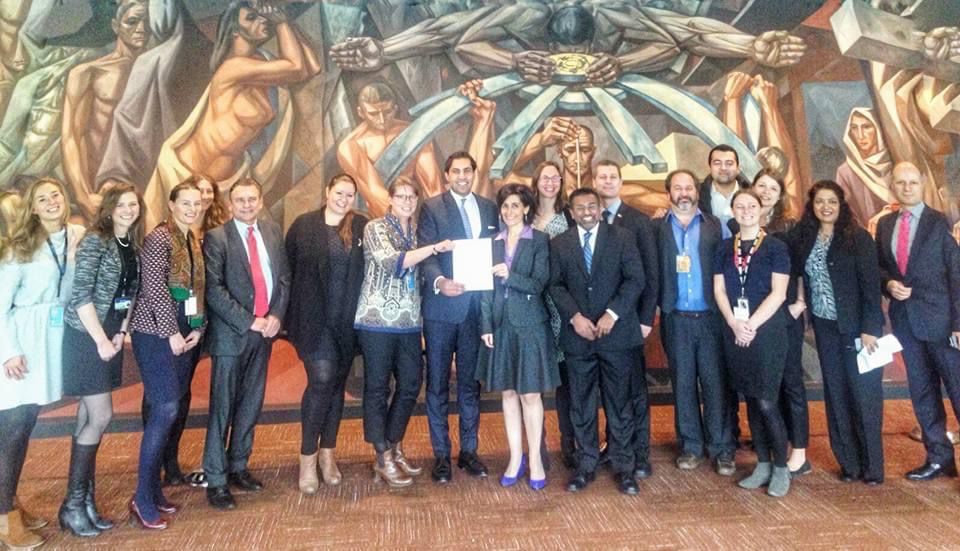
Dream Audaciously about the Power of the Youth
“I need to leave this world in a slightly better way. This is why I focused on youth. I wanted to shape a global agenda on youth. I didn’t want policymakers to see them with fear or as a burden, but to see them as the solution to today’s problems.” Armed with his convictions at a two-day workshop for UN agencies and nongovernmental organizations (NGOs) in New York City, the Global Coalition on Youth, Peace, and Security was founded in January 2012.
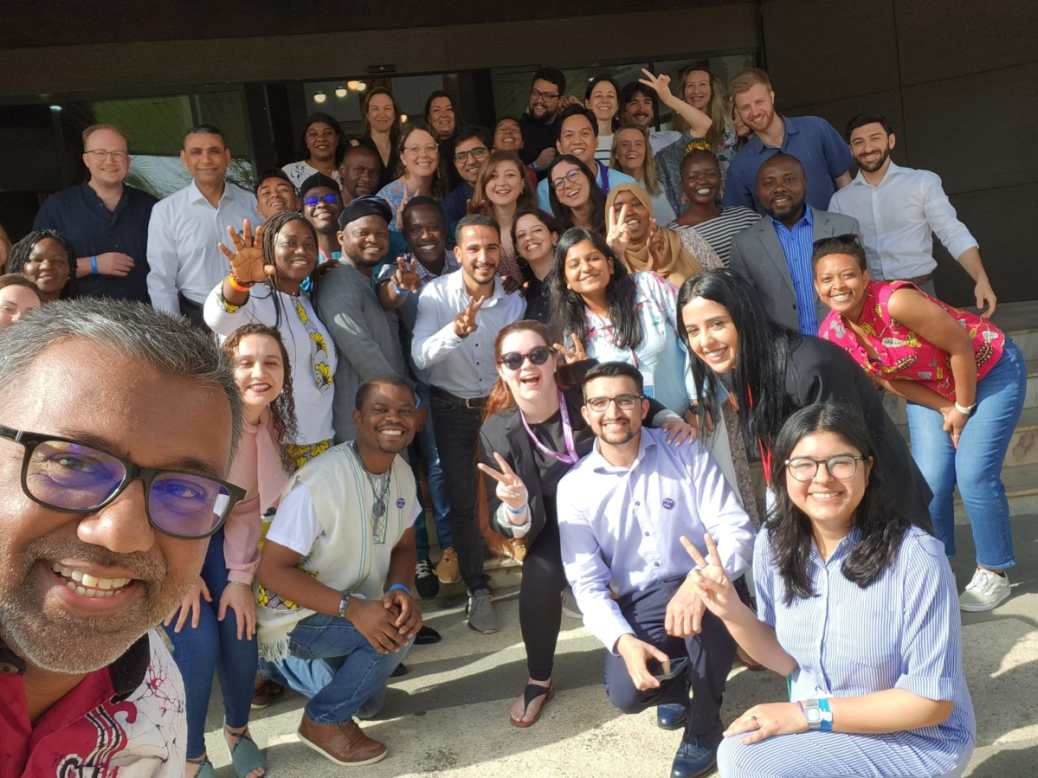
“We wanted young people to feel visible so intergenerational conflict could be addressed collectively. We wanted to bring people together to be part of something bigger than themselves,” Saji said.
The Global Coalition on Youth, Peace, and Security created a human agenda to impact millions of lives across the world. Instead of centering peacebuilding or democracy building, the Coalition makes young people feel seen, heard, and acknowledged. Now, money is invested in youth issues on a global scale, benefiting over 600+ million young people.
“I had the audacity to think I could change the world.” Saji said. He is, by bringing his vision to scale with the support of many people and institutions. Today, the Global Coalition on Youth, Peace, and Security encompasses 139 players, including institutions such as the African Union, the European Union, and UN agencies alongside youth-led groups, empowering youth-co-led peacebuilding efforts. “When people feel seen and heard, they become more collaborative. Part of this global movement is to tell a new story and create a new legacy about impact.”

